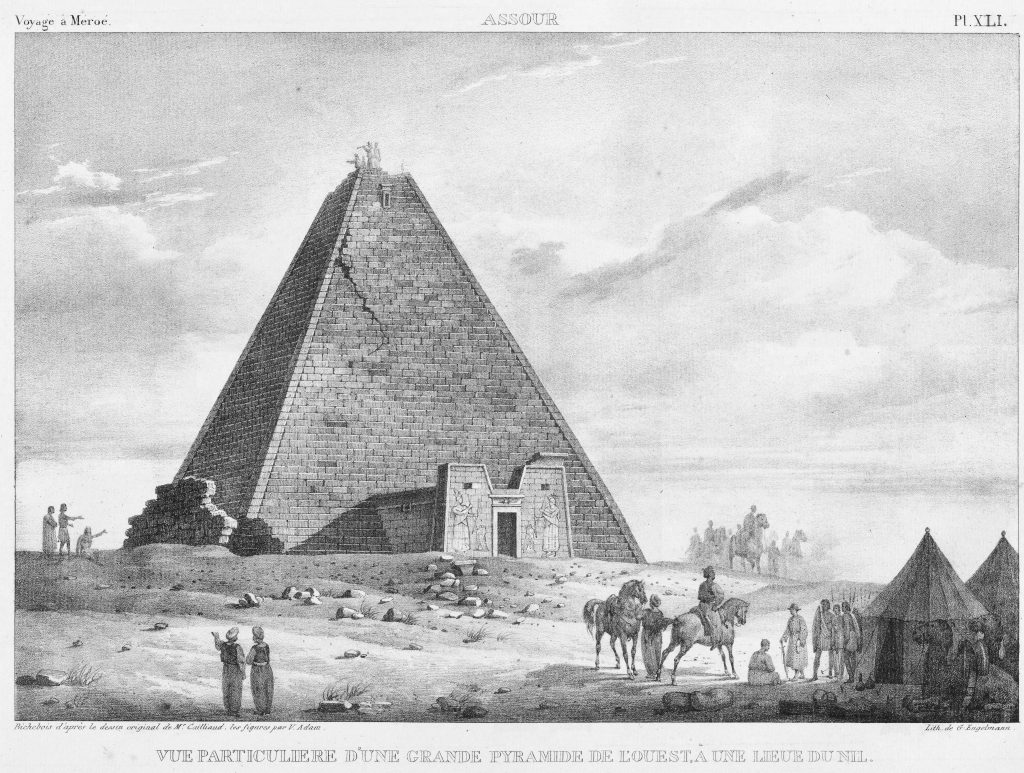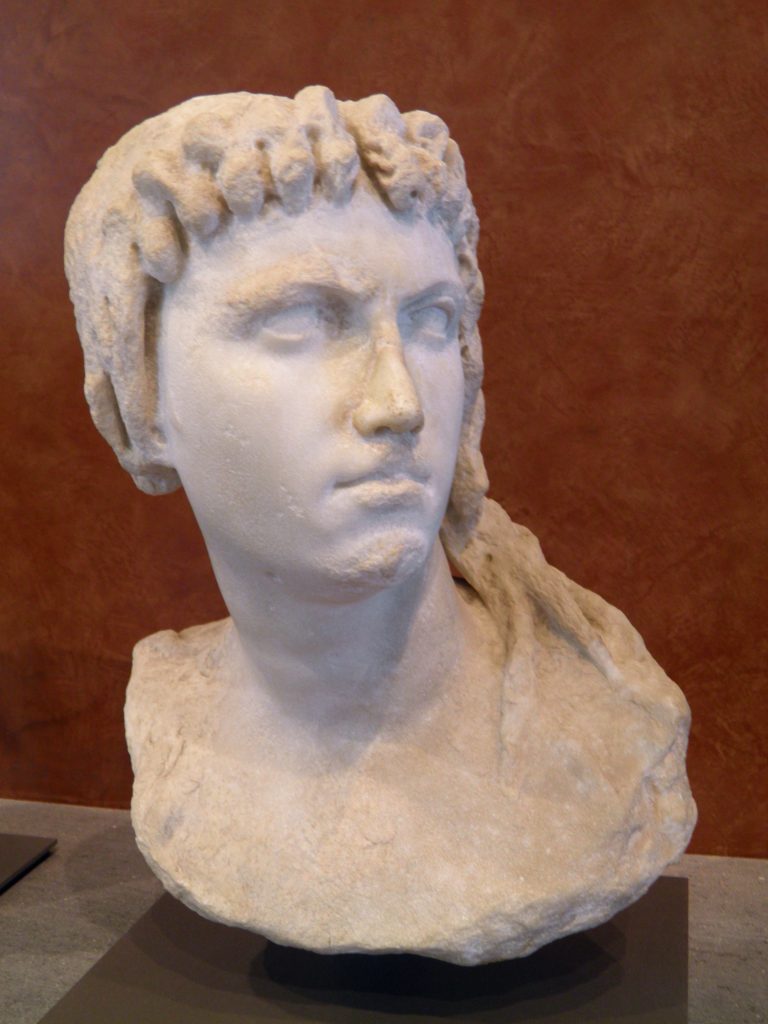Today the second part of our 0 A.D. series! We take a look at a vital, but historically often overlooked, group of society: Women! Not only will we show some interesting historic characters, discuss the ‘standard’ citizen in this game, but also take a look at the limits of these ancient women.
Female citizens
Welcome to our second post about the game 0 A.D.! In this series of blog posts, we look at this interesting multi-decade project and highlight some new elements or perspectives this game offers. Last week we introduced the game, and now we will present our second theme: women in video games.
Originally when I (TimesnewRoman) started playing this game, I was happily surprised that once a player starts a scenario, he is greeted by a town center (as is often the case) and about the same number of men and women. Although it is getting more common for RPGs and city-builders to feature female units from the beginning, at the birth of the genre there were only male citizens. Only over time, more women were introduced, but always in a supportive role and never as the standard citizen. Age of Empires (AoE) includes female hunter-gatherers and are able to construct buildings, except for the first edition (1997). Age of Mythology (2002) has a few female soldiers and heroes. The Greek myth unit Medusa, the nordic valkyrie Reginleif and the archer heroine Hippolyta are early examples that women are actually part of the RTS battlefield. In Red Alert 2 (2000), an RTS game set in an alternative cold war setting, The Allies can recruit special agent Tanya. Also, the amphibious unarmed transports in Red Alert 2 have female voices. What women share in these games is that they often are special units (can have one on the field) instead of general units (you can recruit as many as you like), and that they consist of an overwhelming minority.
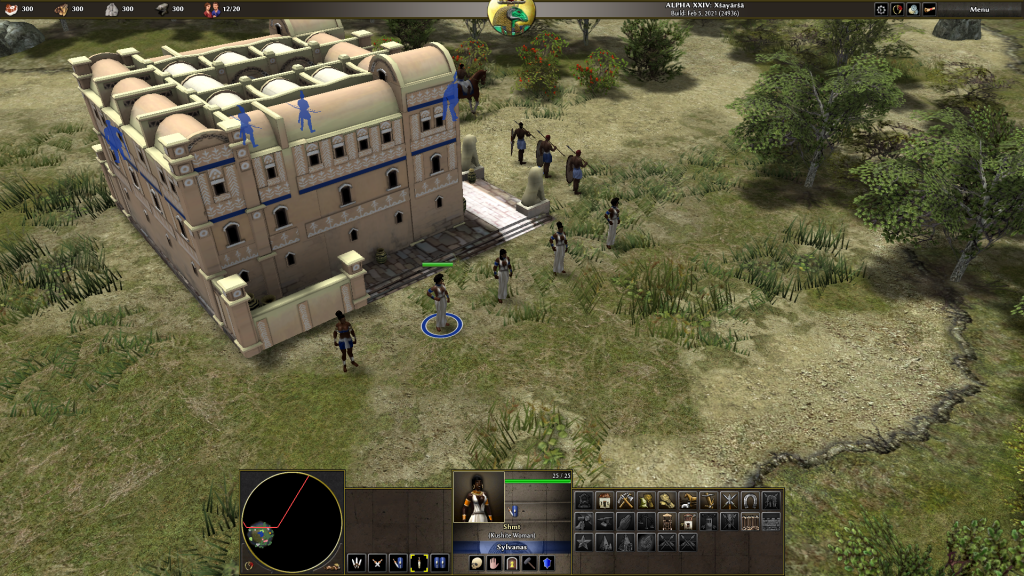
Soon you’ll notice that you have ‘female citizens’, but in most cases, you do not have ‘male citizens’. All the men fulfill military duties at the beginning. This does not mean that all labor is outsourced to the antique women. Soldiers in this game can gather berries, build homes, and chop wood just as well as the women can. It does however mean that the women in this game come across as primary economic units, or the basic ‘citizen’ role in other games.
Apparently a few years back, in another version of this game, the women could only build ‘economic’ buildings, the markets, the farms, the fields, and not a watchtower, for example (according to their wiki page). They probably changed this in one of the updates, because my female citizens had no trouble building a wooden watchtower. This does not mean that the women and the military men are complete equals. The men get a bonus towards mining stone, metal, and harvesting wood, while women get a boost for gathering and farming (which is more of a traditional division).
To try out what the limits were for the female citizens, I tried whether they could hunt. The woman indeed started running towards a deer when I send the command and was fully prepared to stab it in its neck. The deer didn’t like that very much and ran away, and our huntress pursued it. The problem with female hunters was immediately evident: she only had some type of dagger, and the deer was quite fast. Nevertheless, she fearlessly ran after it way into unknown territory.
This game thus makes women very important to your city, instead of the secondary role they received in most older games (if they were available at all). While historically one could question whether women would be active in all these fields, this game partly solves this with the bonuses. There is nothing stopping you from selecting women to carry stones, but the men are a bit better at it, so you might want them to do this job. If the player rather has the women gather stones regardless, they are absolutely free to do so. In the smaller villages, similar to how a player starts in the game, with just about 11-13 units, labor is very valuable and jobs that would normally fall into the male-dominated area, might in times of trouble incidentally be carried out by women.

Royal women of 0 A.D.
This, however, is not the only element that might surprise you about the women in the game. Let’s take a look at some of the ‘great names’, the leaders, that the player might encounter within the ancient world. Most of the cultures have only men listed here; Mauryans, Persia, Athens, Gaul, Iberia, Rome, Sparta. On the one hand, this makes sense. These societies were male-dominated and the best-known figures today are male leaders. There are some woman leaders in some societies, the Cathegenians in this game get the mythical queen Dido, and the Britons the ‘rebel’ leader Boudicca. Still, in these cases, it is one woman in a pool of 16 leaders.
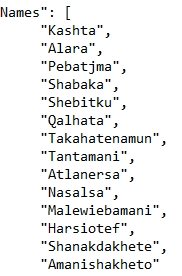
All the names for the Kush civilization (taken from the 0 A.D. game files, since I don’t have the patience to wait and encounter all of them)
In this regard, the leaders of the Kush Empire and the Ptolemaic Kingdom put a spin on things. About one-third of all leaders are women! For the Kush culture, some of these women were sole rulers, for example, queen Shanakdakhete, the earliest known ruling African queen of Ancient Nubia who was said the rule without a king. Others, such as Takahatenamun, were the wife of the pharaoh (the 25th dynasty of Egypt was also known as Kushite Empire or Black Pharaos), and possibly also the pharaoh’s biological sister. The same is true for the Ptolemaic queens, Berenice Ephiphanaeia was the sole ruler for a couple of years, while Arsinoe IV was a co-ruler together with her husband. The game thus decides to also include influential ‘wives of’.
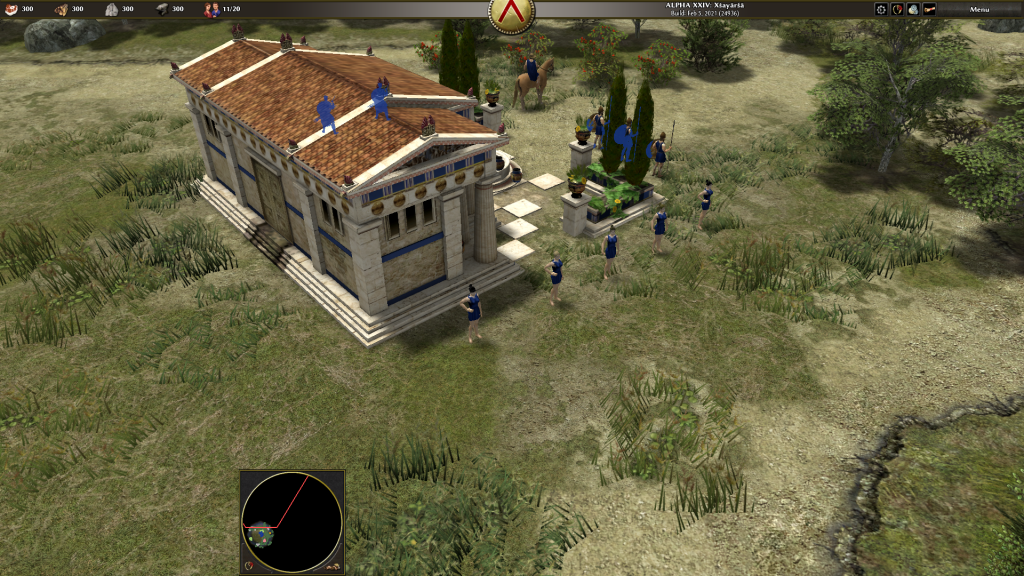
This is quite important for the following reason: women in ancient societies did face degrees of limitations to enter the male sphere of politics. This does not mean that they had no influence, and the game incorporates not only sole rulers, but also those with substantial authority. While one could make the case that in these empires female leaders might have been more important (co-ruling with your sibling-spouse was more common in Ptolemaic Egypt than Sparta), the absence of any women in the other cultures is striking. I would completely advocate for adding Agrippina to the Romans, for example.
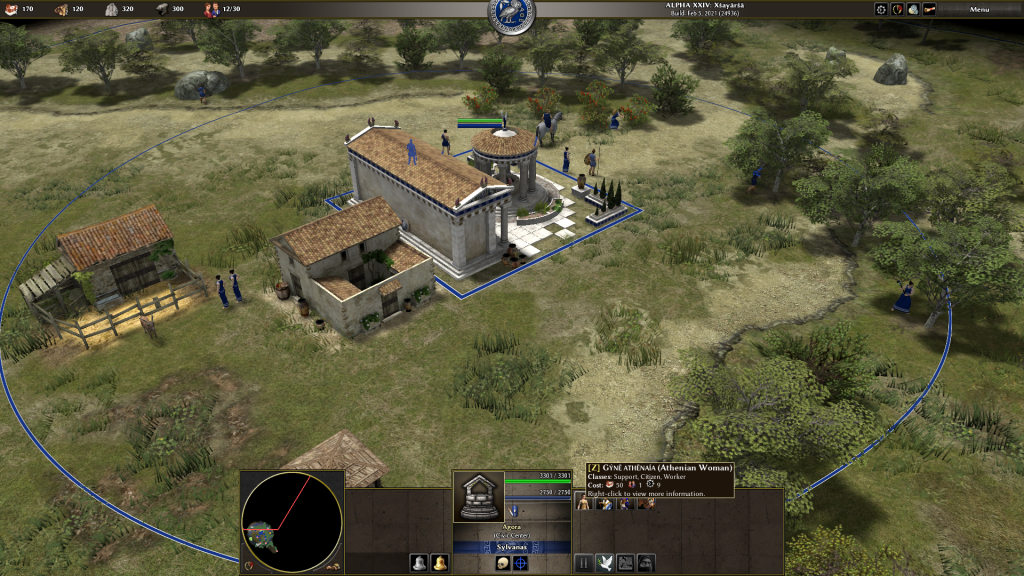
All in all, this game is clearly of a more modern caliber. The female citizens might be some of your most important units, instead of being secondary ones or even being completely absent in older RTS games. Secondly, it uses the names of female leaders, who were partly sole rulers, but also those who had a huge influence, but were strictly not really ‘rulers’. It is important to not only study cool ancient queens in academics, but showcase their importance in games about antiquity as well, which this game does marvelously.

Tirreg Verburg has his real Dutch name in the game. He is an independent scholar in the fields of History in- and of video games. With a research master Renaissance Studies gym badge in the pocket, he tries to collect other achievements within the ludic world of game studies and history. Next to being a PC-gamer, he quite frequently returns to the era of the Nintendo GameCube. He also enjoys video game music and has had frequent run-ins with the Oblivion guards.

